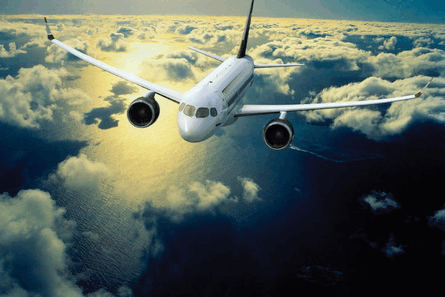It was already a rough decade for Canadian aerospace suppliers. First, Canadian content dwindled on the Boeing 787, compared with the 767 and 757 it replaces. The Airbus A350 supply chain virtually ignored Canadian industry. Ditto for Embraer's new family of business jets.
But the real wake-up call came with the Bombardier CSeries. As Canadian industry's role shrank further, even Bombardier agreed that fewer of its industrial neighbours were competitive at the level of global rivals.
"Not many were ready to take on the big work packages on CSeries," says Claire Auroi, Bombardier director of supply chain contracts and corporate responsibility. "We had to go to the USA and Europe," she adds. "Hopefully, next time they will be ready."
 |
|---|
© Bombardier |
Auroi discussed challenges facing Canadian industry on the eve of a supply chain summit in Montreal on 29 April for aerospace small and medium-sized enterprises (SME), part of a broader push led by the Aerospace Industry Association of Canada (AIAC) to turn Canadian SMEs into global competitors.
"Canada does not play as hard and as well as it should," says Claude Lajeunesse, president and chief executive of AIAC.
HARSH TRUTH
Last year, an AIAC-commissioned report found Canada had slipped from the world's fourth-largest aerospace supplier to fifth. Research and development spending by Canadian aerospace companies slipped from 12% to 6% of sales over the past decade.
The contrast is startling between Canada's struggling SMEs and its relatively stronger prime contractors: Bombardier, CAE and Pratt & Whitney Canada. Heroux-Devtek, cited for anticipating the need for Tier 1 suppliers, is a "shining example of what can be done if you have the right approach", Lajeunesse says.
But many of Canada's aerospace firms lack the technology and the financial firepower to compete on global projects, where original equipment manufacturers want suppliers to integrate advanced systems and share the risk of expensive development programmes.
The AIAC and Bombardier want local suppliers to reverse these trends quickly. The hope is that a robust Canadian supply chain will be ready by the end of the decade to participate when Airbus and Boeing move to replace the A320 and 737.
For the industry, transforming means stepping up from being mere component suppliers to become Tier 1 system integrators, with the financial clout to be risk-sharing partners.
To be competitive at the Tier 1 level, smaller Canadian firms must team up for major projects. Alliances also increase financial leverage, allowing firms to invest in new technology ahead of competitors in Europe and the USA.
But creating teams also means forcing partnerships on traditional competitors in the Canadian market.
"Our job is to make them understand that competition is good," Lajeunesse says, "but at some point you are not competing against the company next door. You're competing with other companies in the world."
Canadian firms will need more than new technology and financial tools. To regain their former level of competitiveness, the AIAC is pressing the government to boost support for research and development.
Three big technology demonstration projects could be launched with contract awards at the Farnborough air show, Lajeunesse says.
He expects separate awards to groups of Canadian suppliers, with the focus on building the next generation of structures, avionics and engines for narrowbody applications.
If the government approves the funding, the demonstrators would complete an AIAC effort launched in 2007 called Future Major Platforms.
So far, Ottawa has responded in the aerospace industry's favour, changing a 26-year-old industrial regional benefits policy on defence contracts to explicitly support local suppliers.
As the government increases its support, the industry intends to match investments in research and development projects, Lajeunesse says. And, with events like the summit, the industry at least appears to recognise the need for transformation.
"The awareness is there," says Bombardier's Auroi. "The want to learn. They want to grow."
Source: Flight International























